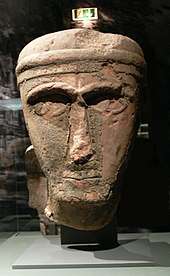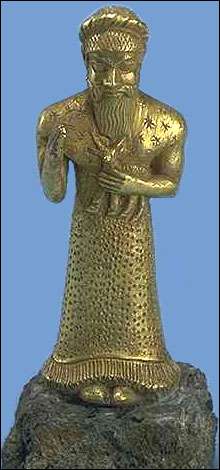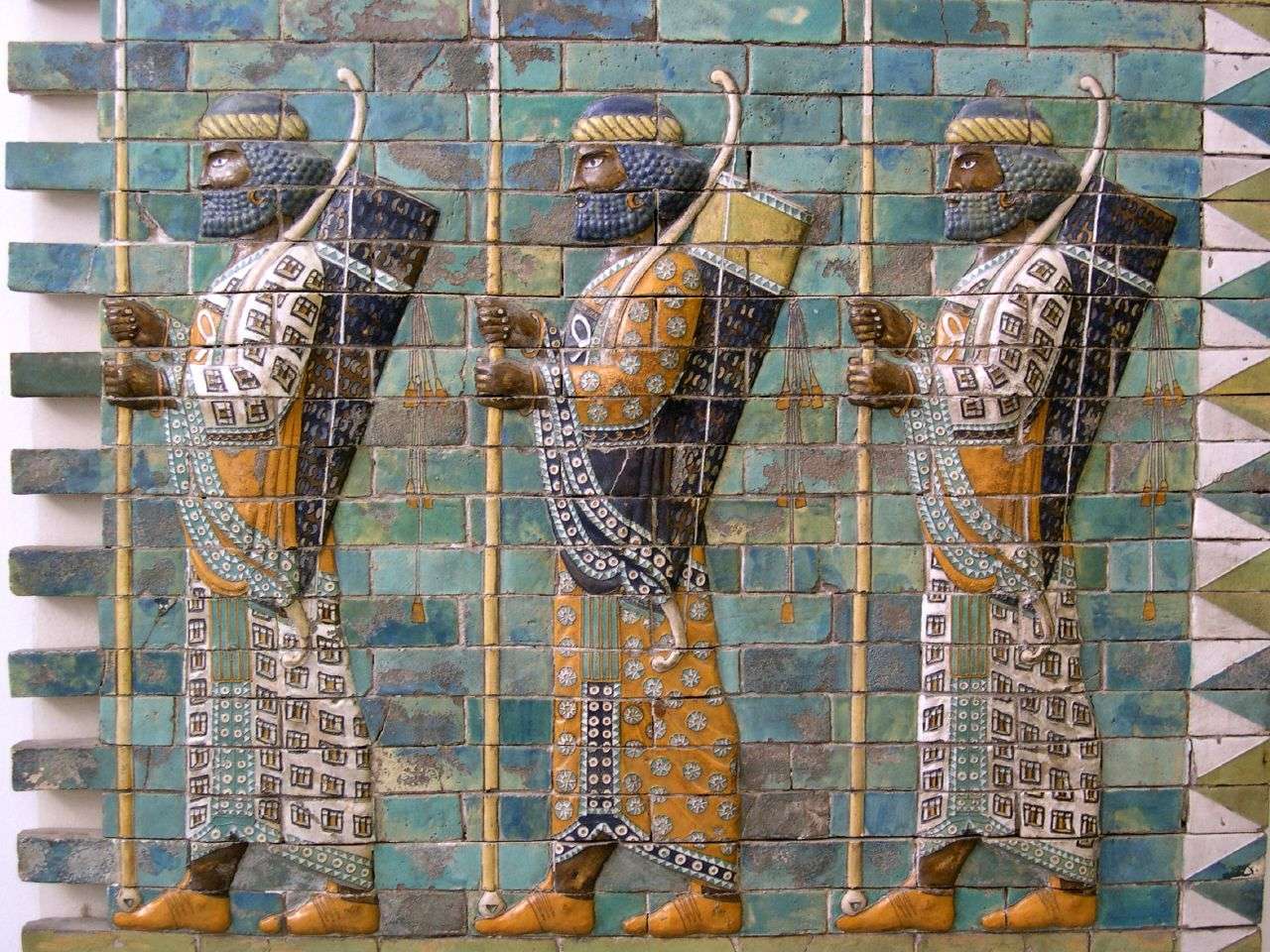Agal (accessory)
.jpg)
The agal (Arabic: عِقَال, ʿiqāl: "bond" or "rope"), also spelled iqal, egal or igal, is an accessory worn usually by Arab men. It is a black cord, worn doubled, used to keep a ghutrah in place on the wearer's head.[1] It is traditionally made of goat hair.[2]
It is usually worn in the Arabian Peninsula (Saudi Arabia, United Arab Emirates, Bahrain, Kuwait & Qatar), Mesopotamia (Iraq, eastern Syria) and southwestern Iran by Ahwazi arabs and the Hola people, as well as in communities of the Levant (western Syria, Lebanon, Palestine & Jordan and some parts of Yemen (eastern Yemen Hadhramaut and Shabwa ).
Types

There are several types of Agal that worn based on occasions and social status
- Black Agal (Arabic: عقال أسود), which is made of goat fleece
- White Agal (Arabic: عقال أبيض)
- az-Zari Agal (Arabic: عقال الزري), worn at national occasions and celebrations
- al-Waber Agal (Arabic: عقال الوبر), which is made of camel hair (and has a light brown or white color)
- al-Muqassab Agal (Arabic: عقال المقصب), often worn by the dignitaries and princes (called al-Muqassab because it is braid with gold or silver threads)
History
The use of the agal and keffiyah based on antiquities including bas-reliefs and statues goes back to the ancient times. Agal's use is traced in Semitic middle eastern civilizations like old Babylon [Photo], Elam (modern-day southwestern Iran) artifacts such as Elamite coins and figures and even in ancient Arabia kingdoms, Phd. Ernst Herzfeld (23 July 1879 – 20 January 1948) The well known German archaeologist and Elamologist in his book "Iran In The Ancient East", in referring to the Susa bas-reliefs points to the unique head wear of Elamites that distinguished them from other nations which is an ancient Arab aqal :
"These are the Susian [Elamites] regiments (which have left their trace in the shape of the 30,000 Elamite tablets of their officers)They are distinguieshed from the Median guards by their uniform, and from the Persians by their different head dress, a Kind of Arab 'aqal"[3]
It is said in Aswan, Egypt that each band of an Agal represents 1000 family members of the wearer.
See also
Gallery

 Figure of an Elamite man wearing Arab Agal as described by German Archaeologist Ernst Herzfeld and a head dress with similar patterns as today Keffiyeh, this figure was found in Susa in Ahwaz region
Figure of an Elamite man wearing Arab Agal as described by German Archaeologist Ernst Herzfeld and a head dress with similar patterns as today Keffiyeh, this figure was found in Susa in Ahwaz region
References
- ↑ Oxford English Dictionary. Second Edition, 1989.
- ↑ Merriam-Webster definition, online edition
- ↑ E. Herzfeld : Iran In The Ancient East page 271 https://ia801600.us.archive.org/BookReader/BookReaderImages.php?zip=/1/items/in.ernet.dli.2015.77483/2015.77483.Iran-In-The-Ancient-East_jp2.zip&file=2015.77483.Iran-In-The-Ancient-East_jp2/2015.77483.Iran-In-The-Ancient-East_0289.jp2&scale=8&rotate=0
